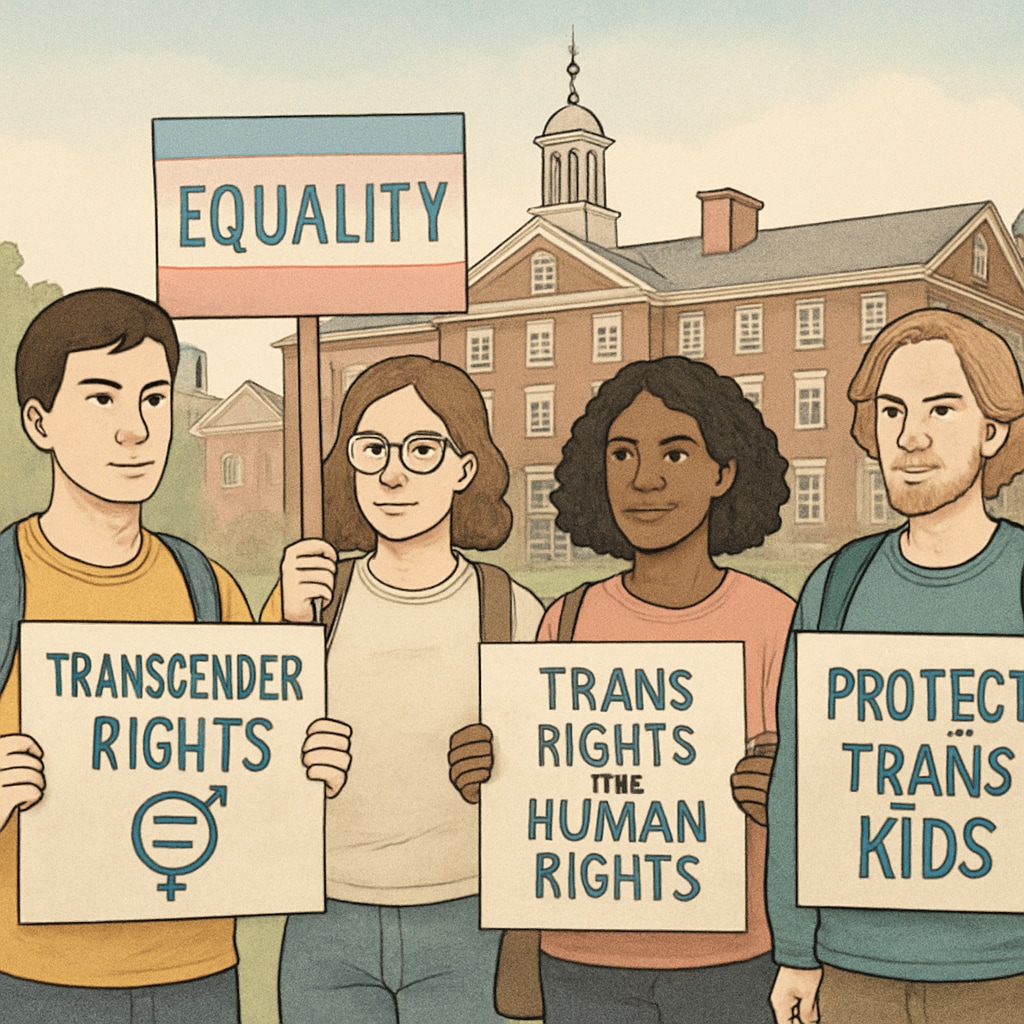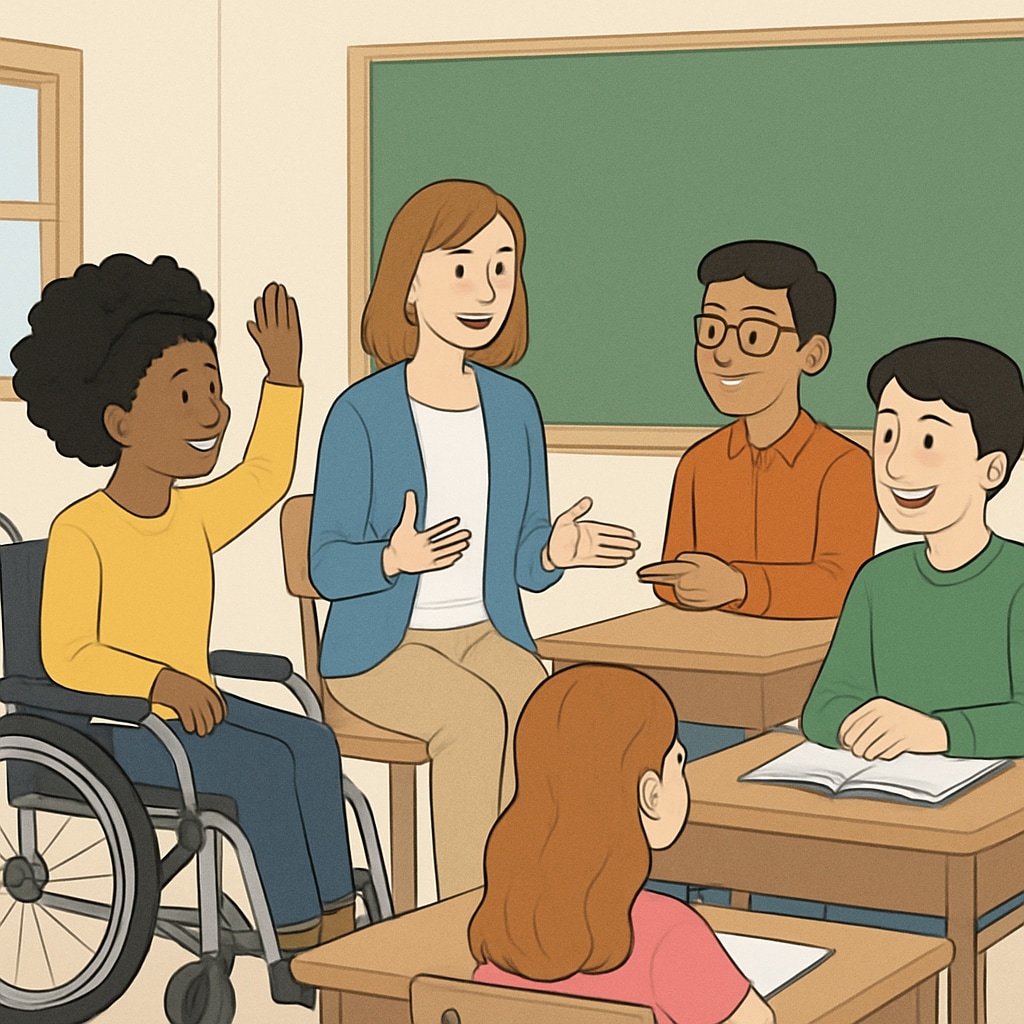Brown University’s decision to adopt a gender policy agreement with the Trump administration, which defines gender strictly within a binary framework, has sparked significant debate. This policy, which limits gender identity to “male” and “female,” is profoundly affecting the education experience and psychological well-being of transgender students on campus. As the implications unfold, questions regarding educational fairness, inclusivity, and identity safety are becoming increasingly urgent.
Challenges of Binary Gender Policies in Education
The binary definition of gender creates an exclusionary environment for transgender students, who often identify beyond the traditional male/female categories. This policy conflicts with the lived experiences and identities of many students, leading to feelings of invalidation and alienation. In practice, it impacts areas such as housing assignments, access to gender-neutral bathrooms, and participation in gender-specific programs.
For example, students who do not conform to binary definitions may face difficulties accessing resources that align with their identity. Additionally, the policy’s restrictive nature can discourage open conversations about gender and inclusivity, further isolating these students.

The Psychological Effects on Student Identity and Safety
One of the most significant impacts of Brown University’s gender policy agreement is on the mental health of transgender students. According to research from the American Psychological Association, policies that invalidate gender identity can lead to increased rates of depression, anxiety, and feelings of rejection among transgender individuals. For students navigating the pressures of academic life, these psychological challenges can severely hinder their ability to succeed.
Moreover, the policy can compromise students’ sense of safety within the campus community. The lack of institutional support for diverse gender identities makes it harder for students to feel accepted and included, which is crucial for their overall well-being and academic performance.

Steps Toward a More Inclusive Campus Environment
While the agreement with the Trump administration might dictate certain policies, universities like Brown have the ability to implement measures that foster inclusion and support for affected students. For instance:
- Creating more gender-neutral housing and restroom options.
- Offering counseling services specifically tailored to transgender and nonbinary students.
- Organizing workshops and seminars to educate the campus community about gender diversity.
- Providing administrative support for students who wish to update their gender markers in university records.
These steps can mitigate the adverse effects of restrictive policies and demonstrate the university’s commitment to supporting all students, regardless of gender identity.
Final Thoughts: Advocating for Educational Equity
The ongoing impact of Brown University’s gender policy agreement highlights the broader struggles faced by transgender students in educational institutions. While such agreements might align with certain political agendas, they fail to consider the real-life experiences and needs of the students they affect. Universities hold the responsibility of ensuring a safe and inclusive environment where all students can thrive, and this includes actively supporting gender diversity and challenging restrictive norms.
As a result, advocacy from students, faculty, and allies remains critical. Through collective efforts, it is possible to push for change, ensuring that policies reflect the values of equity, inclusion, and respect for all identities.
Readability guidance: Key issues are summarized in short paragraphs, with lists used to break down actionable steps. Transitions like “for example” and “moreover” are used to ensure smooth flow. The article maintains an active voice to emphasize solutions and advocacy.


